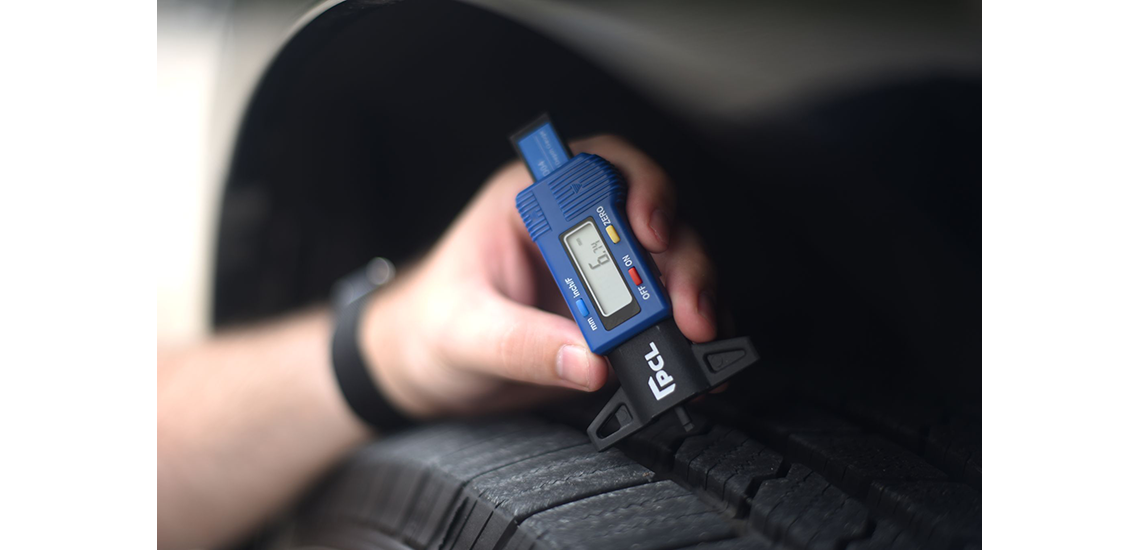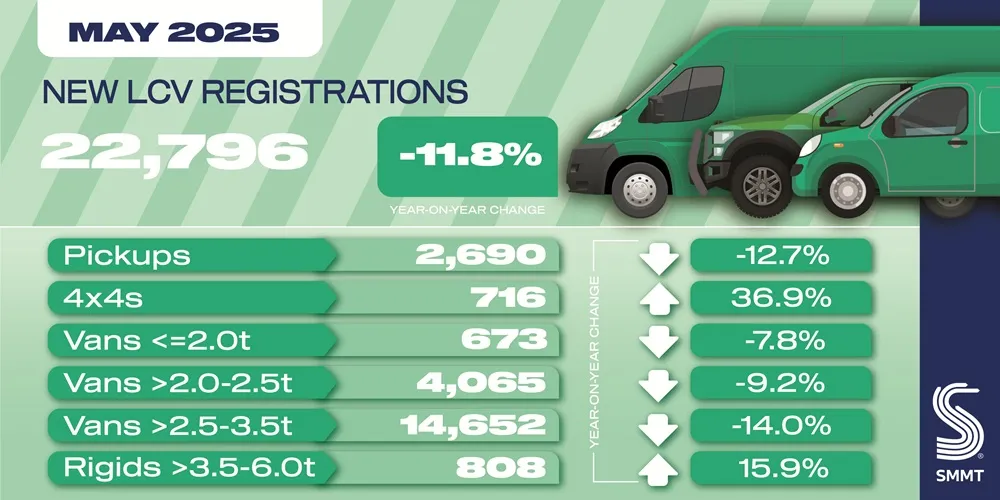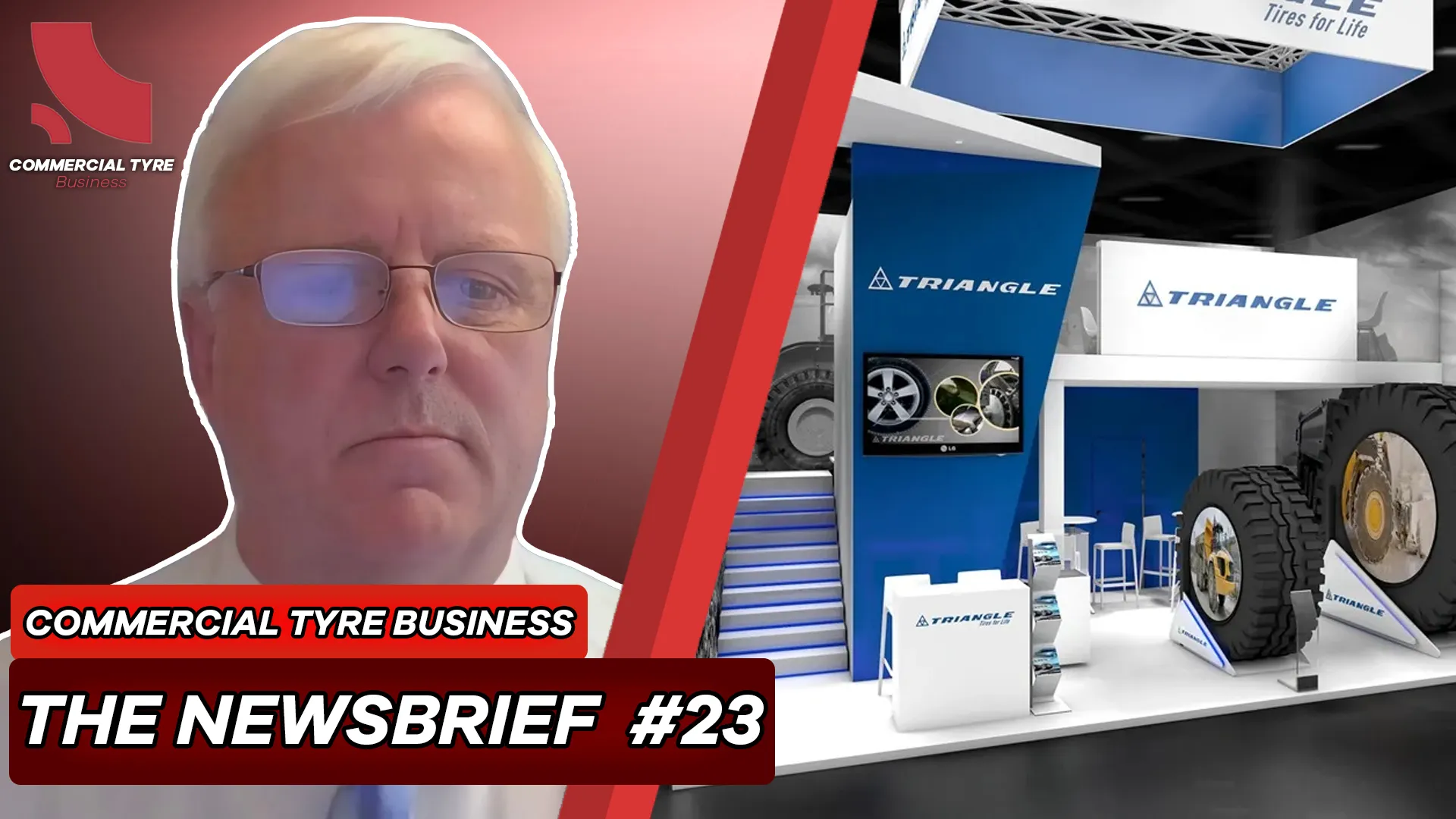PCL has been warning drivers they could face a hefty fine and penalties if they don’t look after their tyres following the Government announcement regarding MOT extensions.
PCL Advising Drivers about MOT Extension
With all but essential travel and repairs banned under Coronavirus restrictions, the MOT expiry date on cars, motorcycles, light vans or other light vehicles will be automatically extended by six months if it was due on or after 30th March, and by three months from 21st March for lorries, buses and trailers (drivers may need to apply for this).
However, drivers must still ensure all vehicles are safe to drive or they could receive a £2,500 fine, three penalty points and a ban for driving a vehicle in a dangerous condition. The fine and points can be applied per tyre, which would mean 12 points and disqualification.
More importantly, driving with unroadworthy tyres can cost lives, therefore making sure the tyres on your car have the correct pressure and tread depth is vital. Under-inflated tyres affect handling, grip and braking performance, and can suffer from dangerous, sudden and rapid deflation, especially on high-speed motorway journeys; whilst incorrect tyre tread depth causes reduced grip and longer stopping distance.
PCL has stated that drivers must:
- Check tyres every month, or before each journey if during lockdown your car isn’t driven very often. (Commercial drivers should always carry out a walkaround check before every journey).
- Check tyre pressure using a reliable and accurate tyre pressure gauge. This will be specified in your vehicle handbook and may be on a sticker inside the fuel door, on the driver or passenger door, or even inside the glove box.
- Measure tyres when they are “cold”, i.e. if they have not been driven for more than two miles at speed or have been stationary for at least two hours.
- Check the tread depth meets the legal minimum across the middle three quarters and entire circumference using a tyre tread depth gauge. For cars, light vans and light trailers the minimum tread depth is 1.6mm (although the RAC and many manufacturers recommend 3mm). For vehicles exceeding 3.5 tonnes it’s 1mm, and for motorcycles over 50cc it’s 1mm across three-quarters of the width of the tread pattern and a visible tread on the remaining quarter. Motorcycles up to 50cc are required to have all grooves of the original tyre pattern clearly visible.
- If you don’t have a tyre tread depth gauge, place a 20p coin into the main tread grooves of your tyre. If you can’t see the raised edge of the coin then the tread is most likely above the legal limit.
- Check the overall condition of the tyres. If you see any cuts that reveal the internal structure, or any bulges, take the car to a garage. A bulge indicates internal structural damage and the tyre must be replaced.
If your journey is absolutely necessary and you have any doubts regarding the roadworthiness of your tyres, or any other aspect of your vehicle, garages are allowed to carry out essential repairs, so you should take it to the nearest one that’s open.








